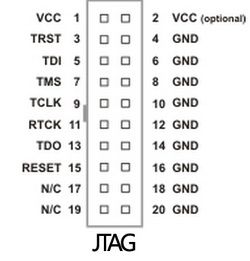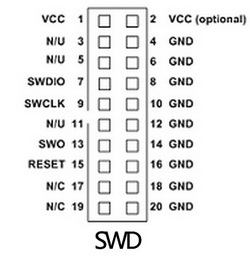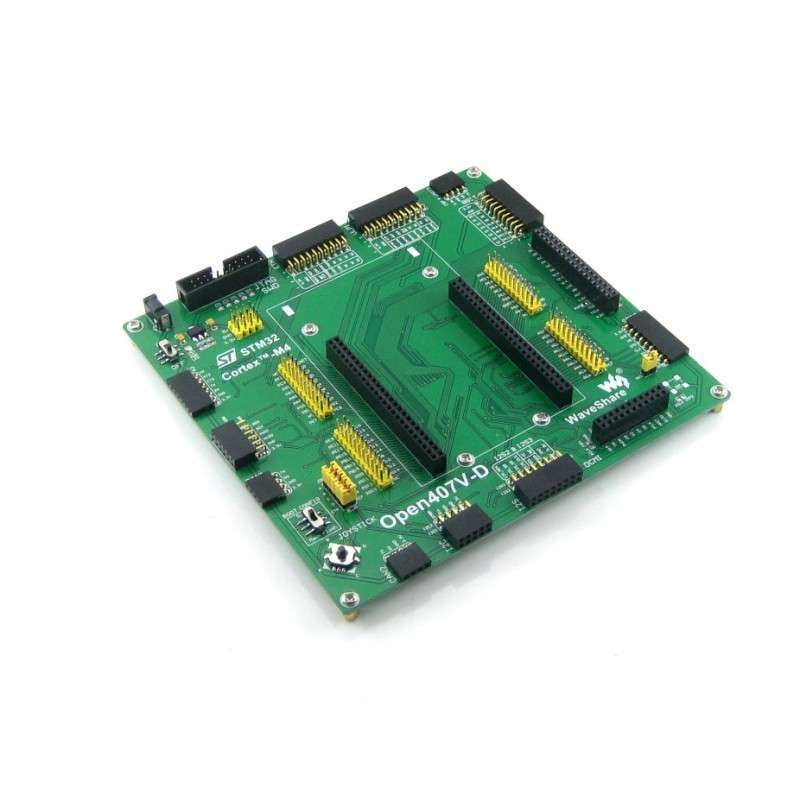

RLX COMPONENTS s.r.o. , Electronic Components Distributor.
RLX COMPONENTS s.r.o. , Electronic Components Distributor.
Open407V-D Standard, STM32F4 Dev.Board (WS-5866) for STM32F4DISCOVERY
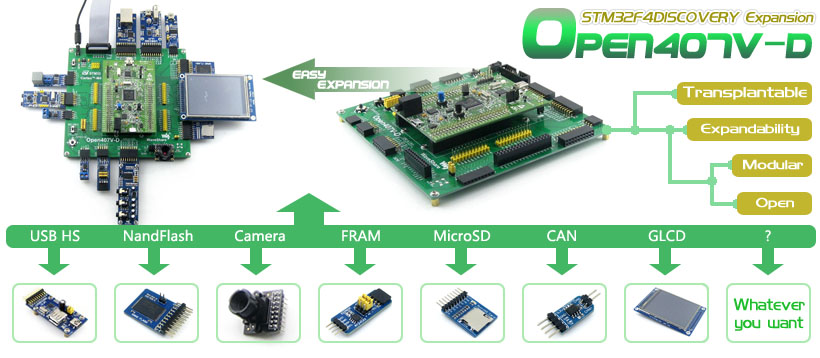
Open407V-D is an STM32 development board designed for the ST official tool STM32F4DISCOVERY, which features the STM32F407VGT6 microcontroller onboard.
The Open407V-D supports further expansion with various optional accessory boards for specific application. The modular and open design makes it the ideal for starting application development with STM32F4 series microcontrollers.
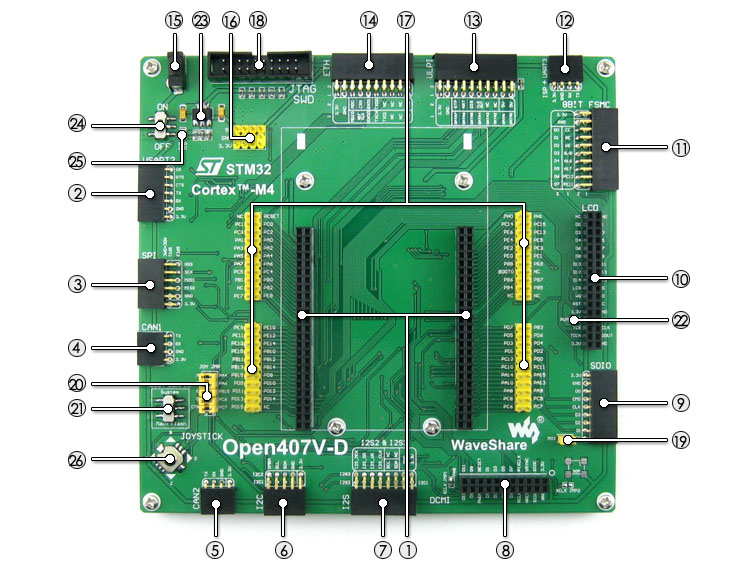
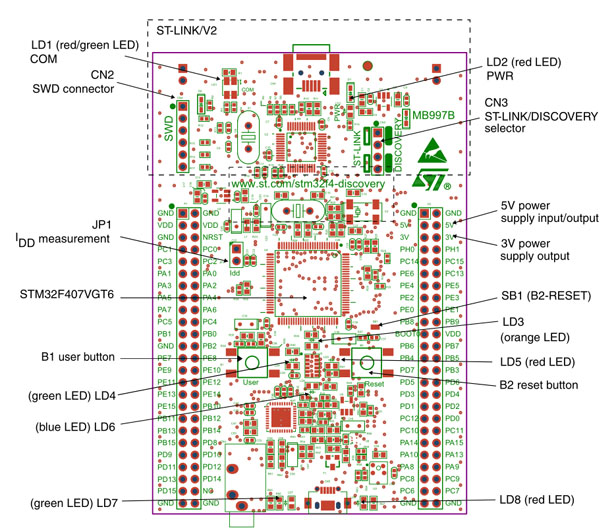
The figure 1, and 2 show the header pinouts of JTAG/SWD interface
